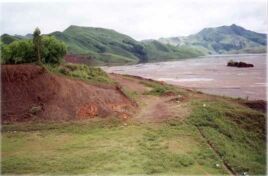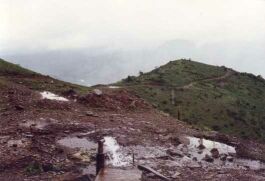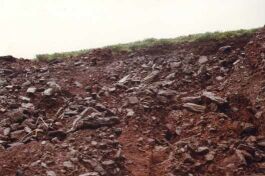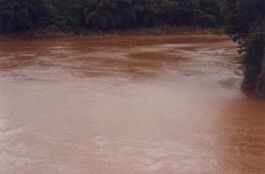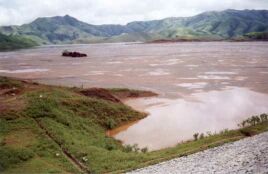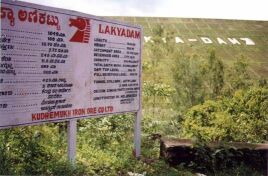Kudremukh
Background
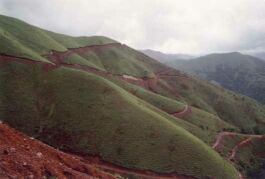
ESG is presently campaigning along with regional and international environmental groups and local communities towards seeking a ban on mining operations of Kudremukh Iron Ore Company Ltd. (KIOCL) in the Kudremukh National Park. This campaign challenges the decision taken during emergency rule in India in the seventies allowing for iron ore mining to supply ore to Iran in exchange for oil, despite fundamental violations of wildlife and forest conservation legislation. Over the years, the mining has destroyed highly sensitive tropical evergreen “shola” forests in vast areas, threatened wildlife populations and habitats in Kudremukh and neighbouring Bhadra Wildlife Sanctuary, and polluted the Bhadra river causing crop losses to farming communities, wiping out aquatic life and species and threatening the health of people and wildlife. If mining were to continue, one of the few remaining vast stretches of endemic “shola” forests would be lost, and the watershed of three major rivers, the Tunga, Bhadra and Netravathi, threatened.
ESG’s initiative along with various local groups and individuals has ensured that the long term mining lease that KIOCL expected during 1999 was denied, leading to only annual extensions over the past two years. As a result, further long term extensions were subjected to detailed EIAs by Centre for Ecological Sciences, Indian Institute of Science and National Environmental Engineering Research Institute. The decision on whether the long term clearance will be accorded to KIOCL is due during July 2001, and intensive efforts are underway to stop further mining.
The public sector export oriented KIOCL which justifies its mining as being a major foreign exchange earner, is presently fighting for long term mining clearances in order to enable its plans of privatising the company under the liberalisation regime. Japan, China and Iran are amongst the key importing countries.
ESG along with Friends of the Earth – Japan is campaigning to offset the proposed Japanese takeover of the mines. Together an international campaign was launched pressing the Prime Minister of Japan Mr. Yoshiro Mori not to extend public support to imports of iron ore into Japan, on the occasion of his visit to India during August 2000. Various international groups such as Corporate Watch (UK), Sierra Club of USA, Environmental Investigation Agency of UK, and World Wide Fund for Nature – India have extended support to the campaign.
“‘White Elephant’ in a Green Forest”, a Campaign Note prepared by ESG, has drawn the attention of thousands of groups and individuals to this serious problem. Pressure is being exerted on the Chief Minister of Karnataka and Prime Minister of India to stop extension of mining operations.
Documentation
ESG Reports about Mining and Kudremukh National Park:
- White Elephant in a Green Forest
- Kudremukh: Mining Fact Sheet
- Bio-Diversity of the Western Ghats With Special Focus on Kudremukh National Park
Press Releases
- August 24, 2000 – Friends of the Earth and Environment Support Group Appeal to Visiting Japanese Prime Minister Mr. Yoshiro Mori not to allow imports of iron ore into Japan from Kudremukh National Park
- July 22, 2000 – EIA – International Tiger Campaigner joins Campaign to Ban Mining in Kudremukh National Park
Images

